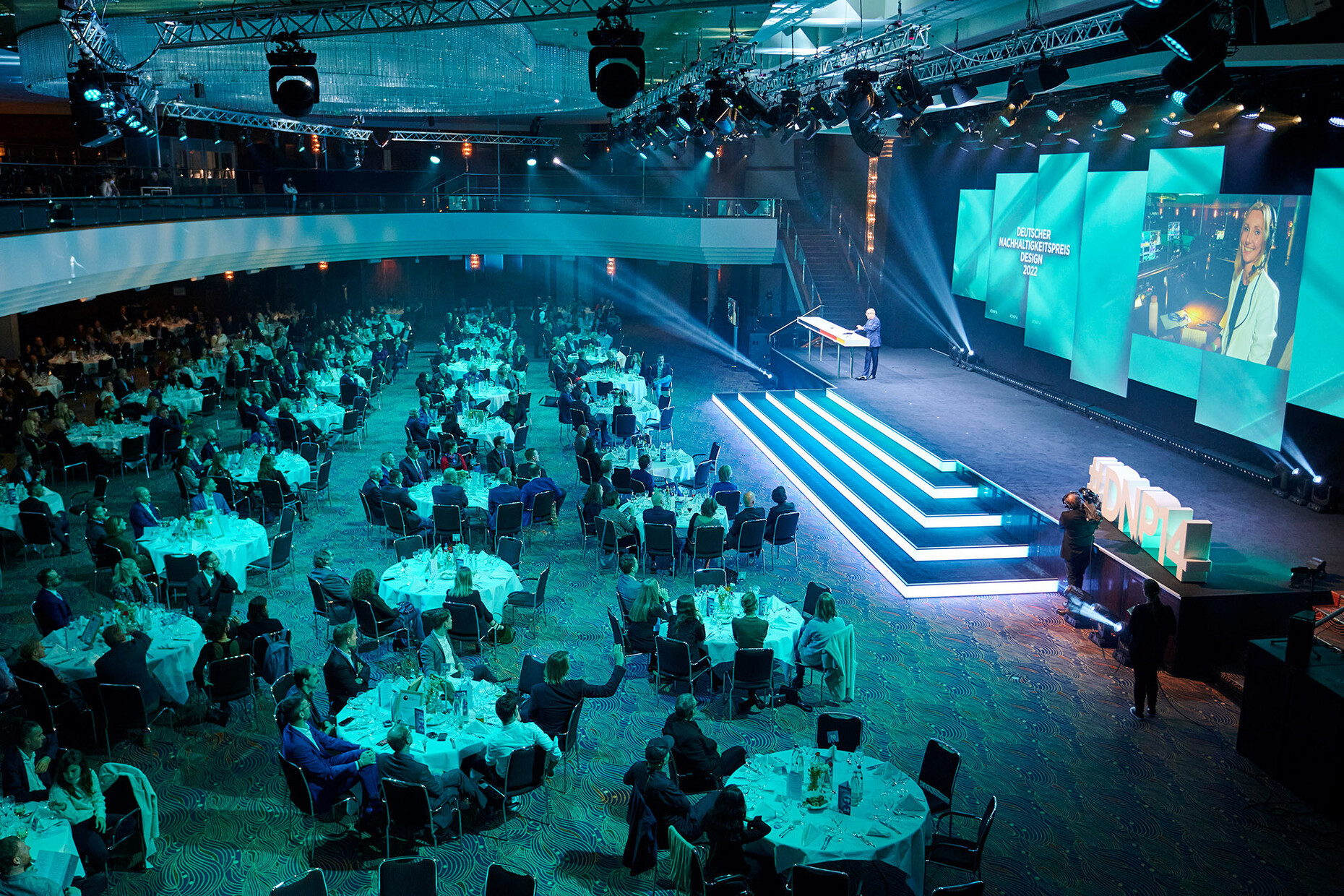Featured
Creating Added Value
Alexander Russ: The DGNB, the German Sustainable Building Council, is Europe's largest sustainable building network. What are the council's goals?
Christine Lemaitre: The DGNB is a non-profit organisation founded in 2007 that deals with the topics of sustainable building and sustainable urban development. To this end we provide a certification system, among other things. Our system allows everyone in the construction industry to use a common quality standard with which they can then work towards defined sustainability goals.
Can you describe how this certification system works?
Christine Lemaitre: The topic of sustainable building has been around for a long time, but when you look at the details, it's often not clear what the whole thing actually means. This is why we've created a certification system that's based on transparency and a well-defined methodology. In construction, a large number of actors come together, and often at different times – the planning and decision-making periods for projects can sometimes extend over decades. Our certification system therefore serves as a unifying element upon which the respective actors can orient themselves. The whole thing is a catalogue of criteria that evolves dynamically, which means there's an update every two to three years based on the practical experience we've gained.
This year you're also on the jury for the German Sustainability Award Design. Where do architecture and design overlap when it comes to the topic of sustainability?
Christine Lemaitre: They overlap when we look at the question of what really makes sense. Perhaps in the future we'll no longer need certain products that we use now. In this context we also have to address the question of how painful this transformation process will be and whether we're actually capable of doing it. One thing that's always very important to me in jury discussions is that it's really all about products that create added value. This can involve a specific function or a solution to a problem that designers have dealt with constructively. For example, I find it exciting to see what can be done with a product so that responsibility for sustainable action doesn't always lie solely with the final user. An example would be a product that offers users a certain form of circular economy.
Can the same certification system be implemented both in design and sustainable building?
Christine Lemaitre: There are already some certificates in the product and design sector. However, these usually only assess some aspects, and a holistic approach is often missing. That's why the German Sustainability Award Design is so important, because it not only makes designers and manufacturers more responsible, it also provides a commitment to quality and the classification of products.
Sustainability is now often used as a marketing tool by companies. How do you protect yourself from greenwashing?
Christine Lemaitre: Yes, that's true, and in my opinion it should actually be banned. When the jury meets, we try to take a holistic look at the sustainability concepts of the respective products. The transparency of a manufacturer or designer always plays a role: If, for example, it says that 50 per cent of the material used in a product is recycled, then the question automatically comes to mind as to what the other 50 per cent is made of. As an end consumer, you don't see all this, but these are precisely the questions we deal with on behalf of consumers. The jury of the German Sustainability Award Design is also interdisciplinary, which gives us a very good overview of which products actually provide a new impetus.
What role does design play in society as a whole when it comes to achieving a sustainable lifestyle?
Christine Lemaitre: Objects also have to touch people emotionally – and without good design, neither a product nor a building can be sustainable. To come back to architecture, a building that's well-designed will also be used with pleasure, and for a long time. This goes hand in hand with the desire to preserve the fabric of the building, and in my opinion this factor is also essential regarding products: I'm much less liable to throw away something to which I attach emotional significance and value. And if a product is intended to be used for a shorter period of time, it should be designed in such a way that it can be disposed of properly. Such criteria shouldn't be presented to end users for advertising purposes, however, but should simply be a matter of course.
What sustainable design solutions would you like to see in the future?
Christine Lemaitre: There are few submissions from the furniture industry at the German Sustainability Award Design. Let me digress briefly with regard to the DGNB certification system: One important criterion here is the measurement of indoor air quality, which must be carried out four weeks after construction is completed. If certain values are exceeded, the building can't be certified. But we always measure the rooms when they're unfurnished, because furniture often increases the values. The furniture industry still has a lot of catching up to do, which is ultimately reflected in their lack of submissions.
In the future, what should designers pay attention to when developing their products?
Christine Lemaitre: Designers should not only concentrate on good design, but on functional issues as well, for example, the waste management logistics of the products they design. The topic of the circular economy has been part of design for some time, but designers are not always aware of the processes and interdependencies involved. Therefore, they should also deal with the technical possibilities involved with the separation of waste. I would actually advise every young design student to go to a waste disposal company and see how the whole thing works there. That would sensitise them to the problems involved and hopefully have a corresponding effect on their basic understanding of design.






